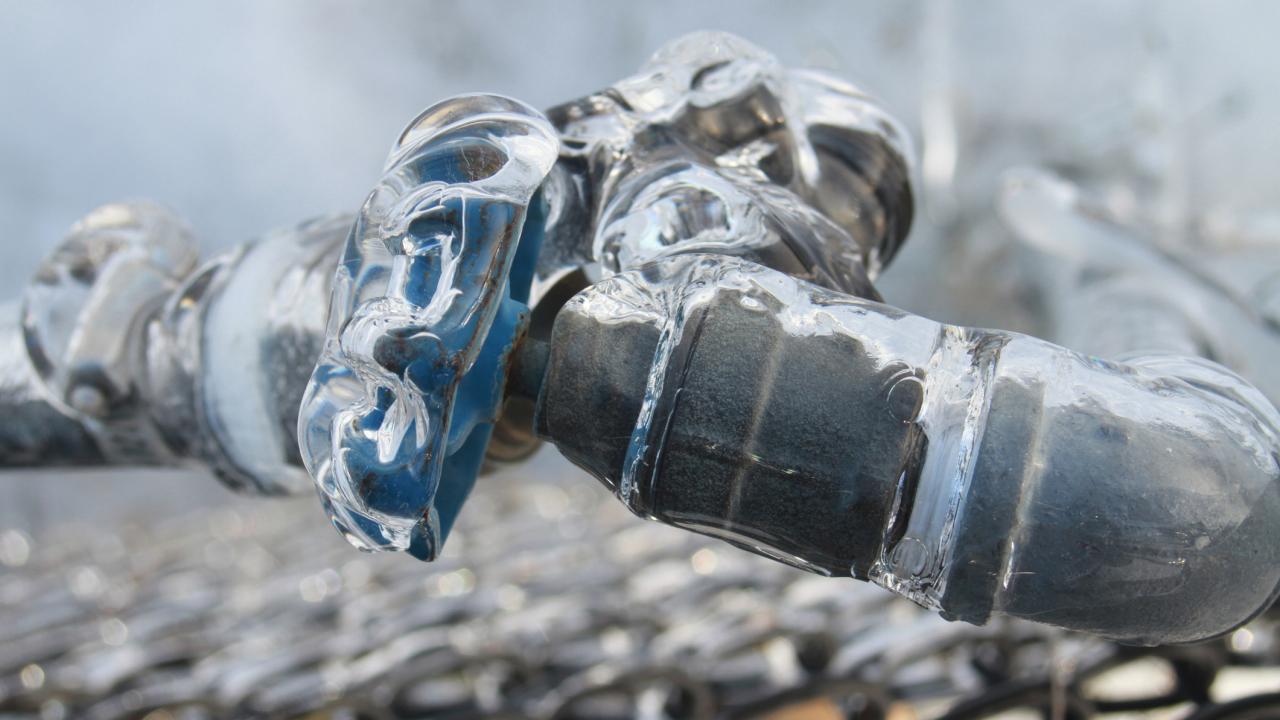Tips to Safeguard Your Pipes from Cold Weather: Specialist Advice
Tips to Safeguard Your Pipes from Cold Weather: Specialist Advice
Blog Article
Nearly everybody seems to have his or her own views when it comes to Prevent Frozen Pipes .

Cold weather can wreak havoc on your plumbing, especially by freezing pipelines. Below's how to avoid it from taking place and what to do if it does.
Intro
As temperature levels decline, the risk of frozen pipes increases, possibly leading to costly repairs and water damage. Understanding how to prevent icy pipelines is critical for home owners in cool climates.
Prevention Tips
Shielding prone pipes
Cover pipelines in insulation sleeves or use warmth tape to secure them from freezing temperatures. Concentrate on pipes in unheated or external areas of the home.
Home heating methods
Maintain interior rooms effectively heated, particularly locations with plumbing. Open up cupboard doors to allow cozy air to flow around pipelines under sinks.
Exactly how to identify icy pipes
Look for reduced water flow from taps, unusual smells or noises from pipes, and noticeable frost on exposed pipes.
Long-Term Solutions
Architectural adjustments
Take into consideration rerouting pipelines away from exterior wall surfaces or unheated locations. Include additional insulation to attics, basements, and crawl spaces.
Upgrading insulation
Invest in top notch insulation for pipes, attics, and walls. Correct insulation aids preserve constant temperatures and lowers the threat of frozen pipelines.
Shielding Outside Plumbing
Yard hose pipes and exterior taps
Disconnect and drain pipes garden tubes before winter. Set up frost-proof faucets or cover outside taps with insulated caps.
Recognizing Frozen Pipelines
What causes pipes to ice up?
Pipelines freeze when subjected to temperature levels below 32 ° F (0 ° C) for extended durations. As water inside the pipelines ices up, it broadens, taxing the pipeline walls and possibly creating them to break.
Risks and damages
Frozen pipelines can result in water interruptions, home damage, and costly fixings. Ruptured pipes can flood homes and cause extensive architectural damages.
Indicators of Frozen Piping
Recognizing icy pipelines early can stop them from breaking.
What to Do If Your Pipelines Freeze
Immediate activities to take
If you think icy pipelines, keep taps open to alleviate stress as the ice melts. Make use of a hairdryer or towels soaked in hot water to thaw pipelines slowly.
Verdict
Stopping frozen pipes needs proactive procedures and quick actions. By comprehending the reasons, signs, and safety nets, home owners can safeguard their pipes throughout cold weather.
5 Ways to Prevent Frozen Pipes
Drain Outdoor Faucets and Disconnect Hoses
First, close the shut-off valve that controls the flow of water in the pipe to your outdoor faucet. Then, head outside to disconnect and drain your hose and open the outdoor faucet to allow the water to completely drain out of the line. Turn off the faucet when done. Finally, head back to the shut-off valve and drain the remaining water inside the pipe into a bucket or container. Additionally, if you have a home irrigation system, you should consider hiring an expert to clear the system of water each year.
Insulate Pipes
One of the best and most cost-effective methods for preventing frozen water pipes is to wrap your pipes with insulation. This is especially important for areas in your home that aren’t exposed to heat, such as an attic. We suggest using foam sleeves, which can typically be found at your local hardware store.
Keep Heat Running at 65
Your pipes are located inside your walls, and the temperature there is much colder than the rest of the house. To prevent your pipes from freezing, The Insurance Information Institute suggests that you keep your home heated to at least 65 degrees, even when traveling. You may want to invest in smart devices that can keep an eye on the temperature in your home while you’re away.
Leave Water Dripping
Moving water — even a small trickle — can prevent ice from forming inside your pipes. When freezing temps are imminent, start a drip of water from all faucets that serve exposed pipes. Leaving a few faucets running will also help relieve pressure inside the pipes and help prevent a rupture if the water inside freezes.
Open Cupboard Doors
Warm your kitchen and bathroom pipes by opening cupboards and vanities. You should also leave your interior doors ajar to help warm air circulate evenly throughout your home.

We were brought to that editorial on 6 Ways to Prevent Frozen Pipes from someone on our other web property. In case you enjoyed our page plz consider to share it. Thanks a lot for taking the time to read it.
Contact Us Now Report this page